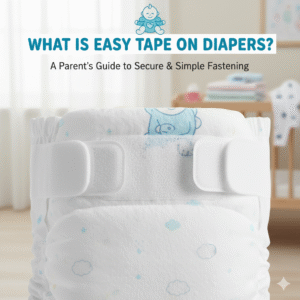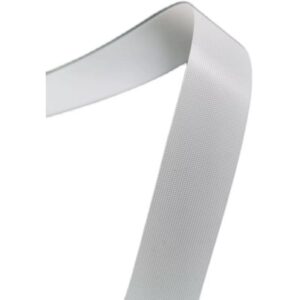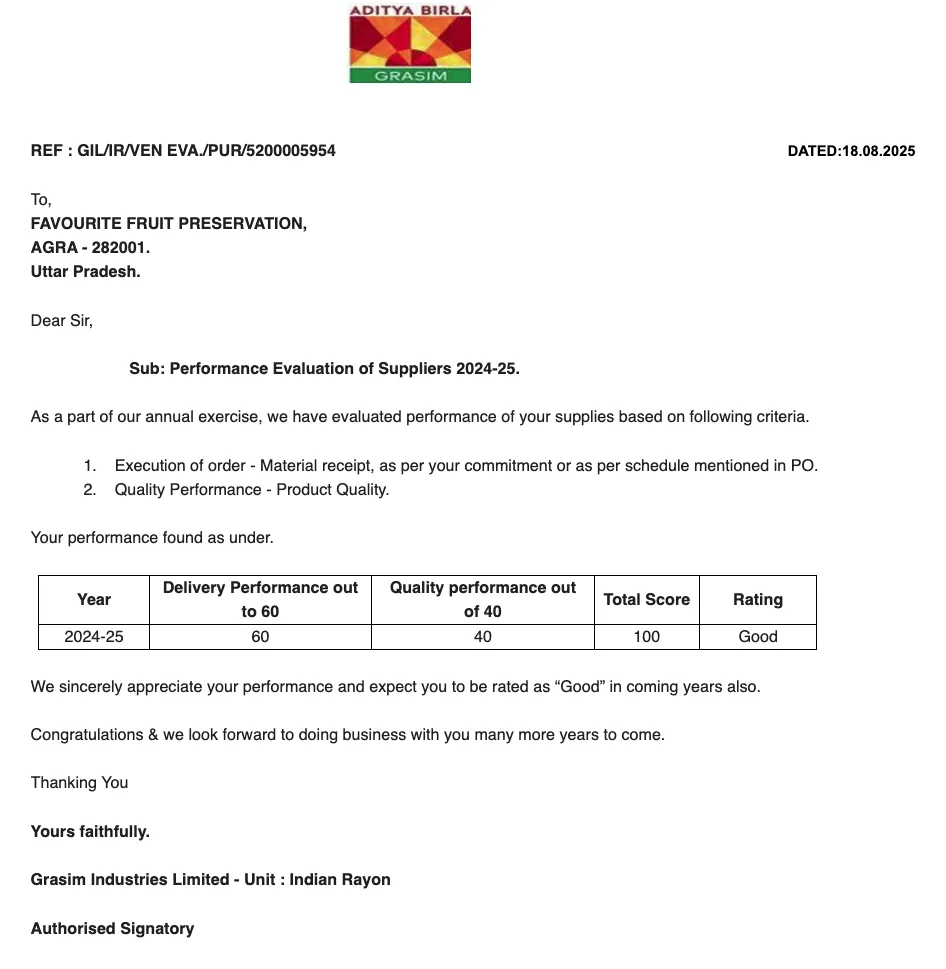The period immediately following surgery is a critical phase in a patient’s recovery journey. Proper wound care during this time is paramount not only for preventing infection but also for promoting effective healing and ensuring patient comfort. Among the myriad of medical dressings available, non adherent dressing plays an exceptionally crucial role in post-surgery wound care. Its unique design ensures that the dressing does not stick to the delicate wound bed, thereby facilitating pain-free removal and minimizing trauma to healing tissues.
At Favourite Fab, we are deeply committed to advancing wound management through innovative and high-quality products. Because we understand the sensitivity of post-operative wounds, we specialize in manufacturing superior non adherent dressing solutions. Therefore, we aim to provide healthcare professionals and caregivers with the knowledge and tools necessary for optimal post-surgical recovery.

Get Free Sample Kit Of Our Fabric At Your Door Step
- Online Order
- Door Delivery
- 1-Click Quotation
Understanding Non-Adherent Dressings: What Makes Them Special?
What is a non adherent dressing?
A non adherent dressing (also known as non stick dressing or low-adherent dressing) is a type of wound contact layer specifically designed to prevent the dressing from sticking to the wound bed. This critical feature ensures that when the dressing is removed, it doesn’t pull away new, fragile tissue or cause pain. It’s an atraumatic dressing, meaning it minimizes trauma during dressing changes.
The term non adherent dressing meaning boils down to this core principle: a dressing that won’t disrupt the delicate biological processes happening at the wound surface. It typically has a special coating or material on its wound-facing side.
What is a non stick bandage used for?
A non stick bandage (which is essentially a non adherent dressing) is used primarily to protect wounds, absorb exudate, and promote a moist healing environment without adhering to the wound bed itself. This makes them ideal for sensitive or fragile wounds where pain and tissue disruption during removal are a concern.
When to Use Non-Adherent Dressing: Key Indications
When to use a non adherent dressing?
Non adherent dressing is especially beneficial in scenarios where the wound bed is delicate, or frequent dressing changes are anticipated. Here are key situations where it’s the preferred choice:
- Non adherent dressing for surgical wounds: Post-operative incisions, particularly those that are clean and have low to moderate exudate, benefit greatly from non adherent dressing after surgery. It prevents sticking to sutures or fragile healing tissue.
- Non adherent dressing for burns: Burn wounds are extremely painful and sensitive. A non adherent dressing for burns prevents the dressing from fusing with the burned tissue, ensuring pain-free removal during dressing changes, which are often frequent.
- Non adherent dressing for scrapes and abrasions: For superficial wounds, these dressings offer gentle protection without pulling on scabs or new skin.
- Non adherent dressing for skin tears: Fragile skin is prone to tears. These dressings protect the delicate tissue without causing further damage upon removal.
- Non adherent dressing for donor sites: After a skin graft is harvested, the donor site is a superficial wound that needs protection without adherence to the newly forming epidermis.
- Non adherent dressing for ulcers: For chronic wounds like pressure ulcers or leg ulcers, these dressings protect the delicate skin around the wound and the wound bed, especially where maceration is a concern.
- Non adherent dressing for tattoos: Fresh tattoos are essentially open wounds. A non adherent dressing for tattoos can protect the area without sticking to the ink or scabs, aiding the initial healing phase.
How to Use Non-Adherent Pads Effectively
How to use non adherent pads?
Using non adherent pads is straightforward, but proper technique is vital for optimal wound care:
- Hand Hygiene: Always start by thoroughly washing your hands with soap and water or using an alcohol-based hand sanitizer. Don sterile gloves if working with a sterile field or a high-risk wound.
- Clean the Wound: Gently cleanse the wound with an appropriate wound cleanser or saline solution. Pat the surrounding healthy skin dry.
- Select the Right Size: Choose a non adherent dressing 4×4 or another size that completely covers the wound, extending slightly beyond its edges.
- Place the Dressing: Carefully place the non stick wound pads directly over the wound. Ensure the non-adherent surface (often shiny or perforated) faces the wound.
- Secure with a Secondary Dressing: Since non adhesive dressing doesn’t stick on its own, you must secure it with a secondary dressing. This can be medical tape, a self-adhesive bandage, a cohesive wrap, or an adhesive film. Make sure the securement is firm but not too tight.
- Avoid Ointment on Contact Layer: Can you put ointment on a non adherent dressing? Generally, it’s best to apply ointment directly to the wound before applying the non-adherent dressing, or use a dressing that is already impregnated (like Petrolatum gauze dressing or Paraffin gauze dressing). Applying ointment directly onto the non-adherent surface might reduce its non-adherent properties.
Popular Types of Non-Adherent Dressings
Favourite Fab supplies a wide range of non adherent dressing examples to cater to diverse wound management needs:
- Telfa Dressing Uses: Telfa non adherent pads are classic examples. They typically consist of an absorbent cotton core covered with a non-adherent, perforated film. They are excellent for light to moderate exudating wounds, providing cushioning and preventing adherence. Are non adherent pads the same as Telfa? Telfa is a widely recognized brand name for a type of non-adherent pad. So, while not all non-adherent pads are Telfa, Telfa is a specific type of non stick pads for wounds.
- Melolin Dressing: Similar to Telfa, Melolin dressings have a low-adherent perforated film contact layer and an absorbent pad. They are widely used for clean, sutured wounds, abrasions, and superficial burns.
- Adaptic Dressing: These are non-adhering mesh dressings impregnated with petroleum emulsion. They are incredibly gentle and ideal for fragile wounds, burns, and donor sites, keeping the wound moist and preventing adherence.
- Xeroform Dressing: Similar to Adaptic, Xeroform is a fine mesh gauze impregnated with a blend of petrolatum and 3% Bismuth Tribromophenate (a bacteriostatic agent). This makes it excellent for reducing odor and infection in wounds like ulcers, donor sites, and minor burns.
- Silicone Non-Adherent Dressings: Modern options include silicone-coated dressings that offer superior pain-free removal and are ideal for fragile skin and wounds with light to moderate exudate management.
- Petrolatum Gauze Dressing / Paraffin Gauze Dressing: These are gauze dressings saturated with petrolatum or paraffin, creating a moist and non-adherent environment. They are excellent for non adhesive dressing for burns and other delicate wounds, preventing the dressing from drying out and sticking.
Non-Adherent vs. Other Dressing Types: Making the Right Choice
Difference between adhesive and non adhesive dressing:
The primary distinction is how they are secured. An adhesive dressing has a built-in sticky border or full adhesive backing. A non adhesive dressing lacks this and requires a secondary securement method. The benefit of a non-adhesive dressing is complete control over the adhesive used and avoiding adhesive on the wound area.
Non adherent dressing vs gauze:
- Non adherent dressing: Specifically designed to not stick to the wound bed, often made with special coatings or materials. This prioritizes atraumatic dressing changes.
- Gauze: Can be woven or non-woven. While non-woven gauze is less linting and softer than woven, not all gauze is inherently non-adherent. Plain gauze can stick to wounds, especially as exudate dries. Thus, a dedicated non stick dressing for open wound is generally preferred over plain gauze for direct wound contact.
How Often to Change Non-Adherent Dressing?
How often to change non adherent dressing?
The frequency of changing a non adherent dressing depends on the wound type, the amount of exudate management required, and the clinician’s instructions.
- For heavily draining wounds, it might need daily or even more frequent changes.
- For clean, surgical wounds with minimal exudate, it could remain for 2-3 days.
- Always change the dressing if it becomes saturated, soiled, or if the secondary dressing loses its seal.
- Follow your healthcare professional’s specific advice, as individual wound healing varies.
Favourite Fab: Your Trusted Partner in Wound Care Excellence
At Favourite Fab, we understand the critical role of selecting the right wound care products. Our extensive experience and commitment to quality mean we produce non adherent dressing solutions that healthcare professionals trust. We specialize in manufacturing non stick wound pads and other atraumatic dressing options designed for effective healing process and maximum patient comfort.
Whether you need sterile non adherent pads for a hospital, absorbent non adherent dressing for clinics, or specialized non adhesive dressing for burns, we are your reliable source. Our products are crafted with precision, ensuring they meet the highest standards for wound management.
Frequently Asked Questions (FAQ)
When to use non-adhering dressing?
Non-adhering dressing (or non adherent dressing) should be used when you want to protect a wound without the dressing sticking to the delicate wound bed. This is crucial for pain-free removal and to avoid disrupting new tissue, making it ideal for post-surgical wounds, burns, skin tears, ulcers, and any wound where gentle care is paramount.
When do you use non-adherent pads?
You use non-adherent pads (like non stick pads for wounds) as a primary layer directly on the wound surface when you need absorption and protection without adhesion. This is common for wounds with light to moderate exudate where maintaining an undisturbed wound bed during dressing changes is a priority.
When should nonsterile dressings be used?
Nonsterile dressings should only be used on intact skin for general cleaning, preparation, or covering closed wounds that do not pose a risk of infection from the dressing itself. They should never be used directly on open wounds, surgical incisions, or broken skin, where sterile non adherent pads or other sterile dressings are required to prevent contamination and infection.
What is a non stick bandage used for?
A non stick bandage (which is a non adherent dressing) is used to cover and protect wounds while ensuring the dressing does not adhere to the wound bed. This prevents pain and trauma during dressing changes, making it ideal for sensitive wounds, burns, surgical incisions, or for use on children.

Get Free Sample Kit Of Our Fabric At Your Door Step
- Online Order
- Door Delivery
- 1-Click Quotation
Contact Us
Discover the difference that superior non adherent dressing can make in wound care. Contact Favourite Fab for high-quality, reliable wound care supplies.
Email: sale@favouritehub.com WhatsApp: 9528811566
Partner with Favourite Fab for wound management solutions that prioritize comfort, effectiveness, and trust.






































We Do Business On Trust.Our Nonwoven fabric Business is Built on trust. Trust starts with Transparency.
Mr.Ramniwas Garg Founder Of Favourite Group